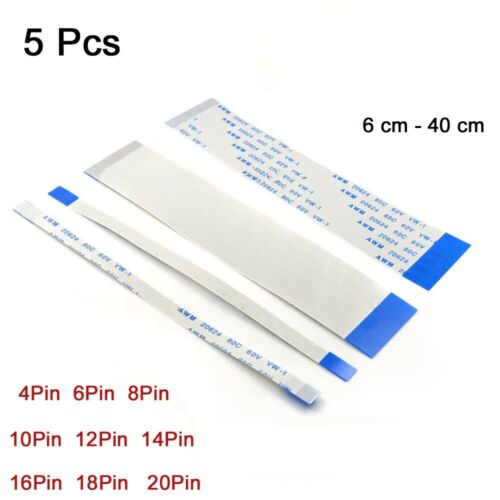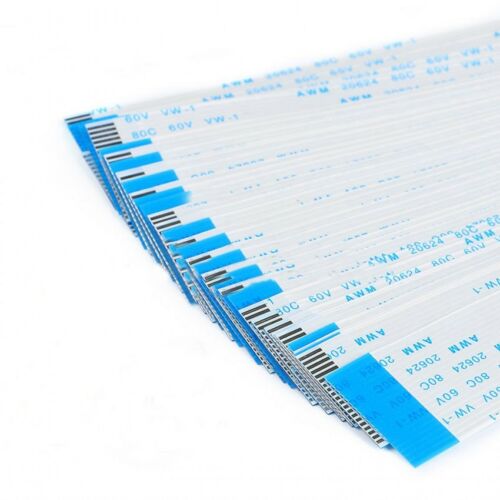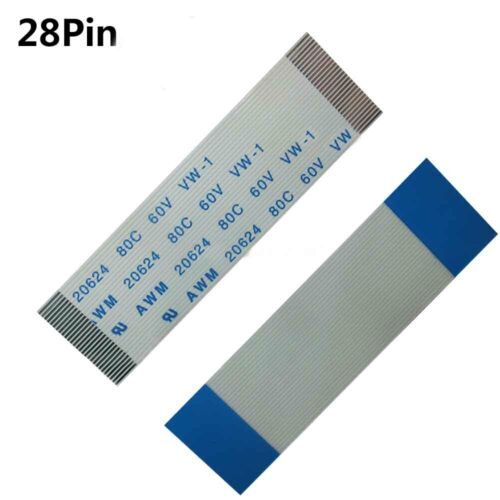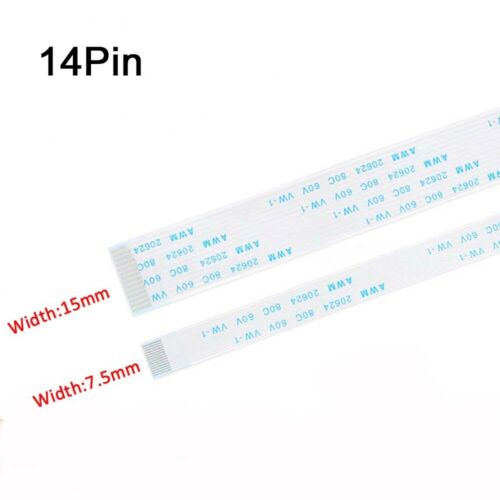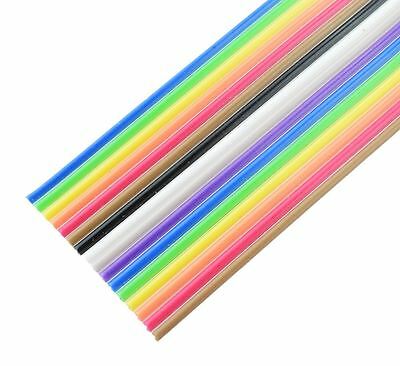-40%
E-Blocks 4x3 Keypad
$ 10.56
- Description
- Size Guide
Description
E-Blocks 4x3 KeypadEB014
This is a
downstream
E-blocks peripheral module, designed to be controlled by one of the
upstream E-blocks
processing boards which are available in a variety of MCU/CPLD architectures.
4 by 3 keypad for E-blocks systems
This simple 4×3 keypad permits data entry to a microcontroller I/O port. The four rows are connected via 100k pull-down resistors to ground, so reading a row with all switches open returns a "0". Columns 1, 2 and 3 are routed to port pins 0, 1 and 2 respectively of the upstream microcontroller processing E-block. Rows 1, 2, 3 and 4 are connected to port pins 5, 6, 7 and 8 respectively. These values were chosen to enable the use of interrupts when connecting the keypad to Port B.
This keypad is compatible with upstream boards operating at 3.3V.
The diagram below shows the internal characteristics of the keypad.
Macros for the
PIC Flowcode
,
dsPIC/PIC24 Flowcode
,
AVR/Arduino Flowcode
, and
ARM Flowcode
flowchart programming software allow for easy use of the keypad with those software packages.
E-Blocks Keypad Resources
C and Assembly Programming Strategies for EB014
EB014 Test Routine
(requires
EB006
, PIC16F877A-I/P, and
EB005
)
Example code for Flowcode V4 and above
E-Blocks Overview
E-Blocks are small circuit boards each of which contains a block of electronics that you would typically find in an electronic system. Each E-Block performs a separate function as either an input sub-system, an output sub-system, an input/output sub-system or a processing sub-system.
E-Blocks can be put together to form a variety of systems that can be used for teaching and learning electronics, and for the rapid prototyping of complex electronic systems.
Each E-Block has one or more 9-way D-type connectors that provide up to eight input/output lines and a ground line. These D-type connectors allow connection between E-Blocks to be made in buses of multiples of
8 lines,
just like a real electronic system. Power is routed separately to those E-Blocks that need it.
Processing E-Blocks based on PIC, dsPIC, ARM or AVR microcontrollers, Altera FPGAs, Arduino or Raspberry Pi control the whole E-Blocks system. Processing E-Blocks provide up to five input/output ports with up to eight lines per port.

